Archives
- 2025-10
- 2025-09
- 2025-03
- 2025-02
- 2025-01
- 2024-12
- 2024-11
- 2024-10
- 2024-09
- 2024-08
- 2024-07
- 2024-06
- 2024-05
- 2024-04
- 2024-03
- 2024-02
- 2024-01
- 2023-12
- 2023-11
- 2023-10
- 2023-09
- 2023-08
- 2023-06
- 2023-05
- 2023-04
- 2023-03
- 2023-02
- 2023-01
- 2022-12
- 2022-11
- 2022-10
- 2022-09
- 2022-08
- 2022-07
- 2022-06
- 2022-05
- 2022-04
- 2022-03
- 2022-02
- 2022-01
- 2021-12
- 2021-11
- 2021-10
- 2021-09
- 2021-08
- 2021-07
- 2021-06
- 2021-05
- 2021-04
- 2021-03
- 2021-02
- 2021-01
- 2020-12
- 2020-11
- 2020-10
- 2020-09
- 2020-08
- 2020-07
- 2020-06
- 2020-05
- 2020-04
- 2020-03
- 2020-02
- 2020-01
- 2019-12
- 2019-11
- 2019-10
- 2019-09
- 2019-08
- 2019-07
- 2019-06
- 2019-05
- 2019-04
- 2018-11
- 2018-10
- 2018-07
-
br Introduction Epithelial mesenchymal transition EMT is a b
2021-03-25
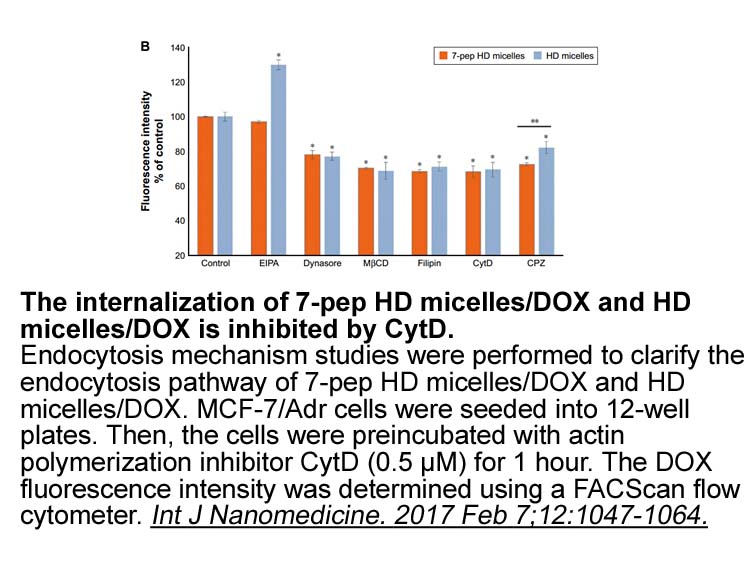
Introduction Epithelial-mesenchymal transition (EMT) is a biological process by which epithelial Nimodipine lose cell polarity and cell-cell adhesion, and gain mesenchymal features with an increase of migratory and invasive properties [1]. EMT is essential for mesoderm formation during embryo de
-
Although enantioselective accumulation of metalaxyl in organ
2021-03-25
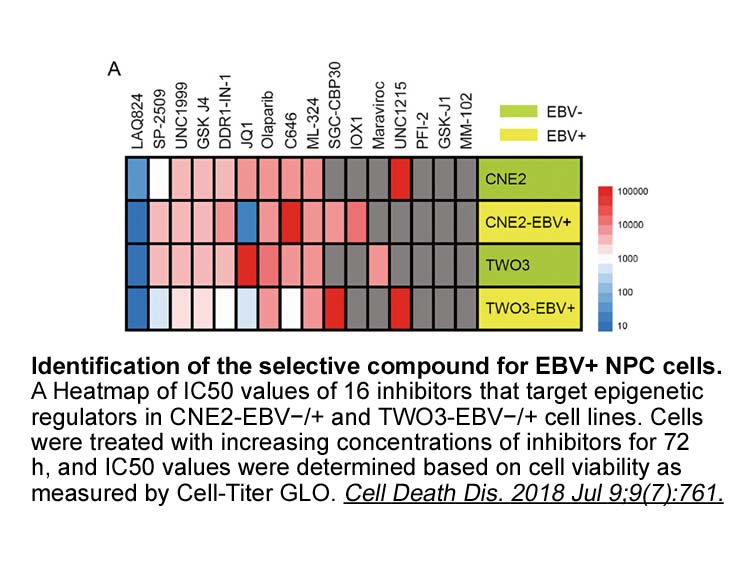
Although enantioselective accumulation of metalaxyl in organisms is an integrated outcome of bio-process including absorption, transportation, and transformation, it is observed in our study that catalysis of CYP450 may lead to the enantioselective accumulation of metalaxyl. However, the mechanisms
-
In summary we elucidated the in vitro activities of
2021-03-25
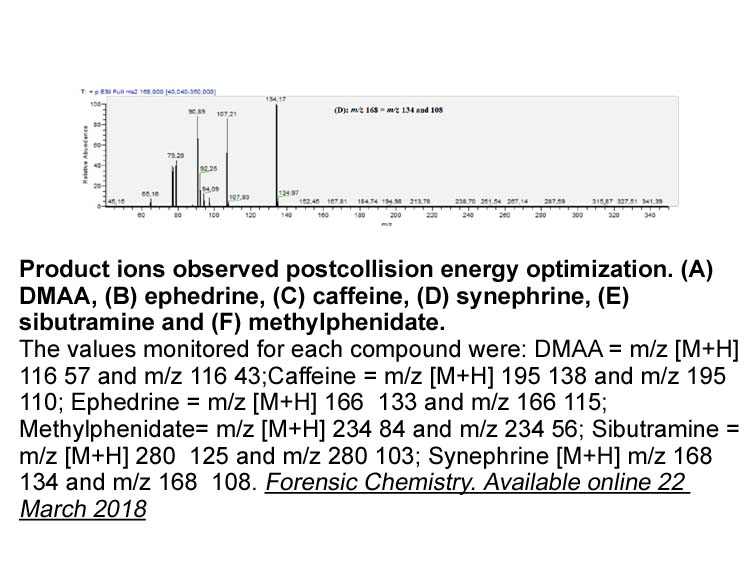
In summary, we elucidated the in vitro activities of KDM1B in regulation of PC cell proliferation and apoptosis. These studies provided a novel insight into the previously unrecognized roles of KDM1B in human PC cells. We showed for the first time that KDM1B knockdown attenuated proliferation and in
-
br Genes involved in oxysterol
2021-03-25
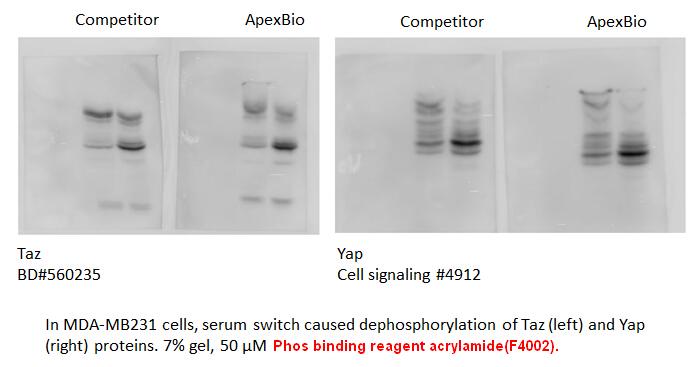
Genes involved in oxysterol metabolism The main enzymes that participate in the metabolism of oxysterols generally belong into one of two groups: transferases or oxidoreductases [22]. The following chapter describes those genes of oxysterol metabolism whose polymorphisms have been associated with
-
mavacamten br A brief history of RBR
2021-03-25
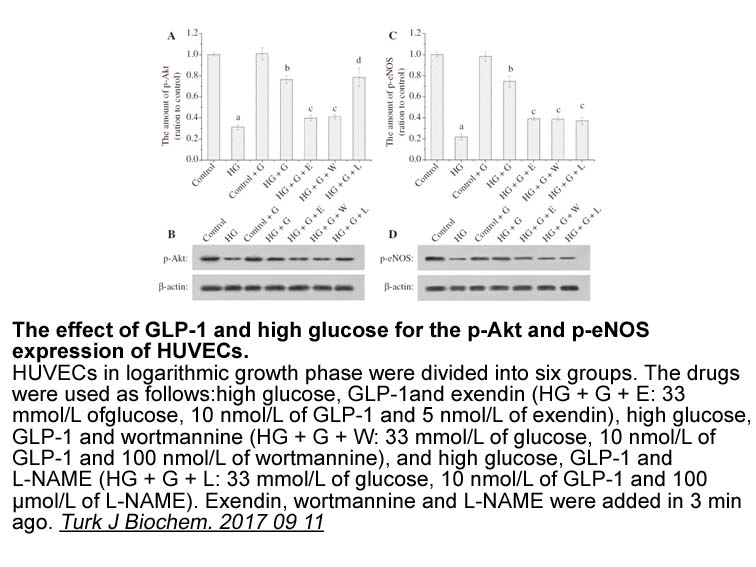
A brief history of RBR E3s RBR E3s were originally defined based on sequence alignments that predicted a tripartite motif of three zinc (Zn)-binding domains: two RING domains (RING1 and RING2) connected via an in-between-RING (IBR) domain [28], [29]. The prediction together with initial observati
-
br Are incretins the only
2021-03-25
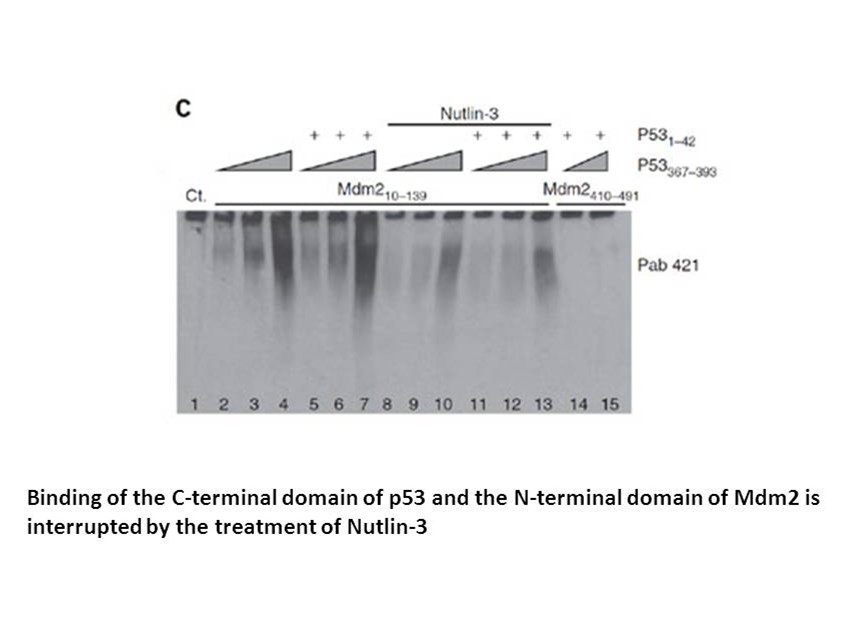
Are incretins the only mediators of the anti-hyperglycaemic effects of DPP-4 inhibitors? Even though both GLP-1 and GIP were identified as substrates for DPP-4 early on [17], [19], [20], [22], and DPP-4 inhibition in vivo raises levels of the intact endogenous forms of both of them [43], [44], fr
-
A great deal of research has focused on candidate
2021-03-25
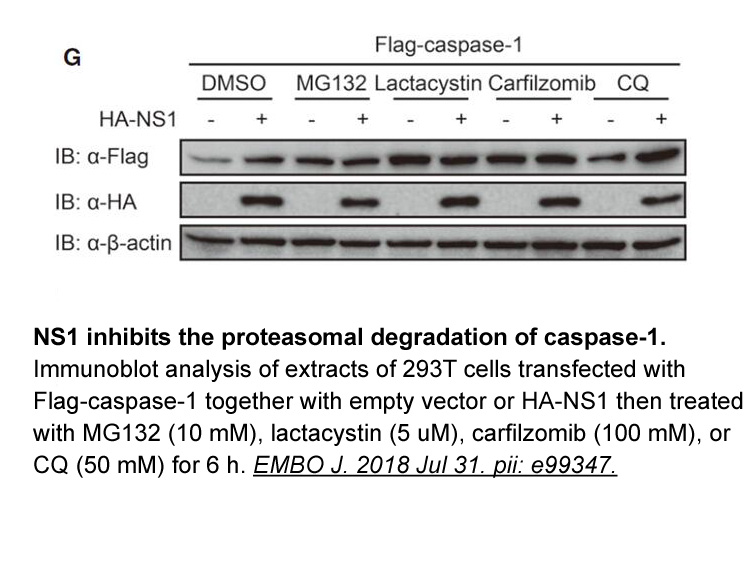
A great deal of research has focused on candidate medications to modulate dopaminergic mechanisms through which psychomotor stimulants produce addictive effects, i.e., drugs that expressly target the DA transporter, D1-like receptor, or D2-like receptors., , However, effective dopaminergic-based ph
-
Medroxyprogesterone Widely expressed mammalian adhesion rece
2021-03-25
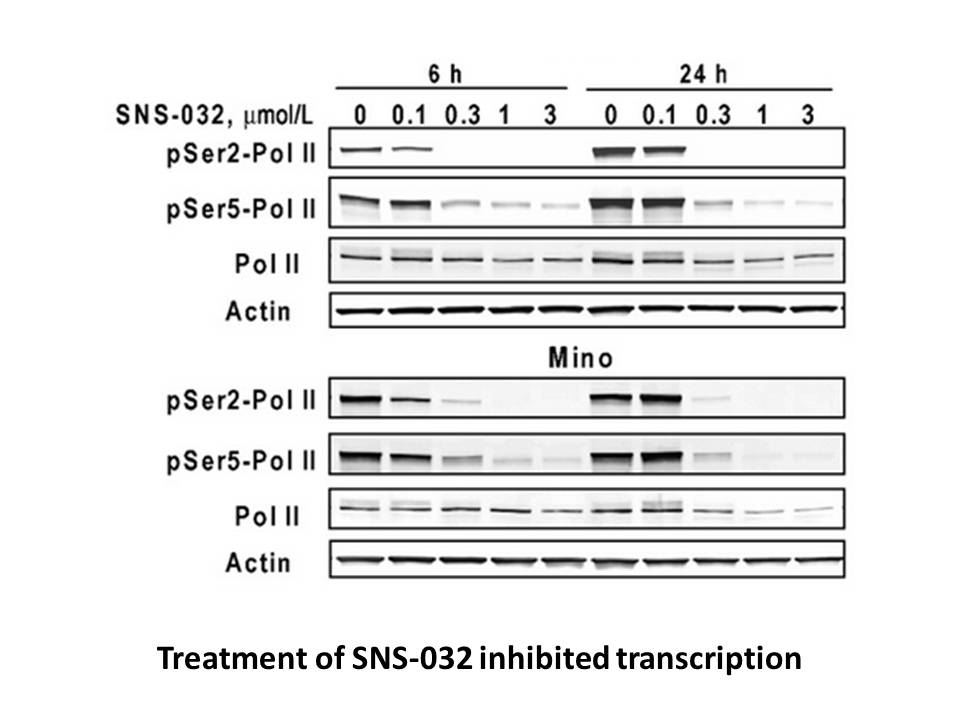
Widely expressed mammalian adhesion receptors for fibrillar collagens include the α2β1- and α11β1-integrins and the discoidin domain receptors (DDRs), DDR1 and DDR2 (Leitinger, 2011). Integrins and DDRs bind distinct and separate motifs in native fibrillar collagen (Curat et al., 2001, Vogel et al.,
-
br Materials and methods br Results
2021-03-25
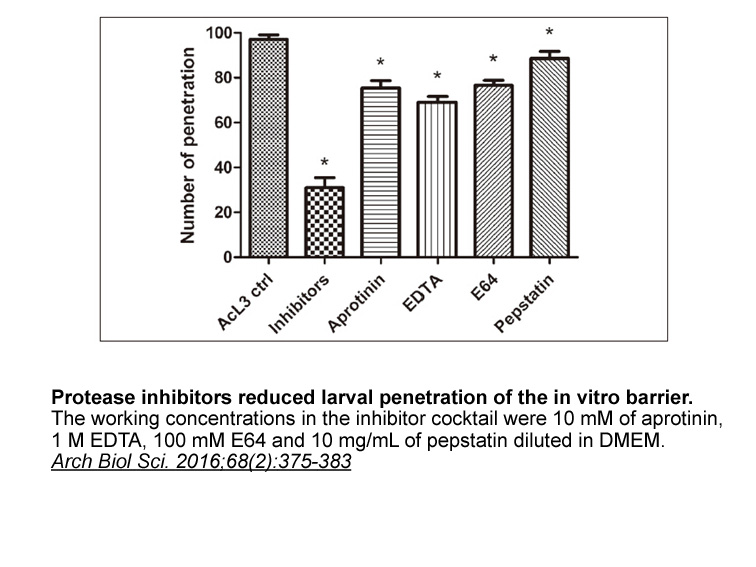
Materials and methods Results Discussion CDK4 has been identified recently as a potential therapeutic target in human breast cancer, liposarcoma, melanoma, and glioblastoma [[37], [38], [39]]. Due to the importance of CDK4 activity in cancer cells, CDK4 inhibitors have emerged as promising
-
Our results implicate a critical role for CXCR in promoting
2021-03-25
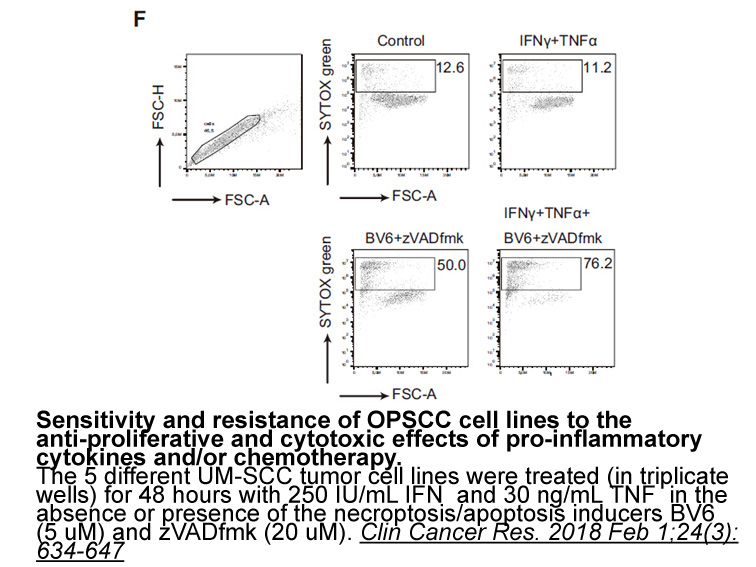
Our results implicate a critical role for CXCR-1 in promoting the migration of colonic tumor cells. Expression of this receptor, but not CXCR-2, increased significantly because of the EMT (Fig. 3). Moreover, although Clone A HBC express comparable levels of both IL-8 receptors, only CXCR-1 inhibitio
-
The aim of the present study
2021-03-25
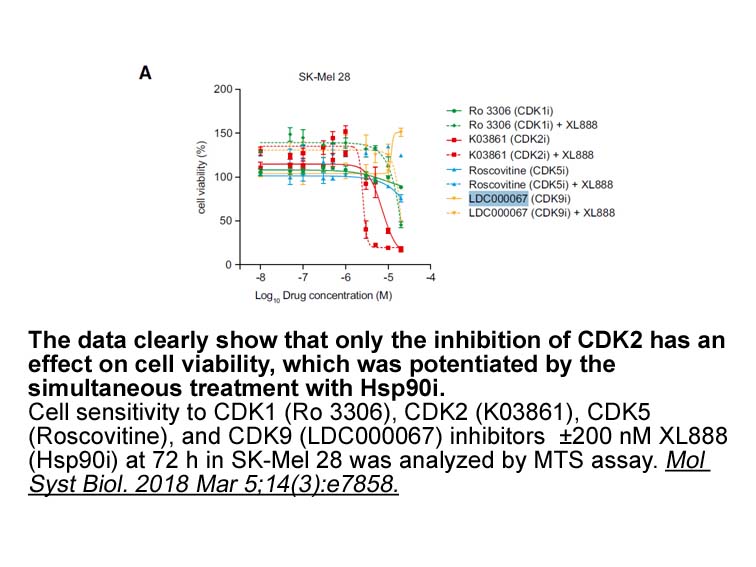
The aim of the present study was to investigate the participation of CRF1 and CRF2 in the alterations of the dorsal and ventral striatal dopamine release and the vertical and horizontal locomotor activity observed in rats following chronic nicotine treatment and consequent acute withdrawal. In this
-
Our results are the first to demonstrate that
2021-03-24
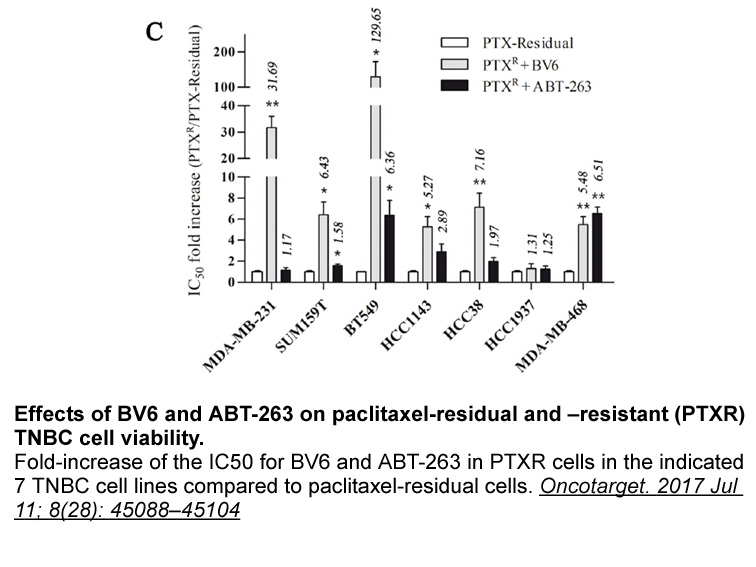
Our results are the first to demonstrate that ERRγ acts as a catabolic regulator of cartilage degeneration and OA pathogenesis, and collectively support the idea that ERRγ could be a therapeutic target for OA Introduction DNA cytosine-5-methyltransferases (Dnmts) catalyze the methyl transfer fro
-
Results of the present study demonstrate
2021-03-24
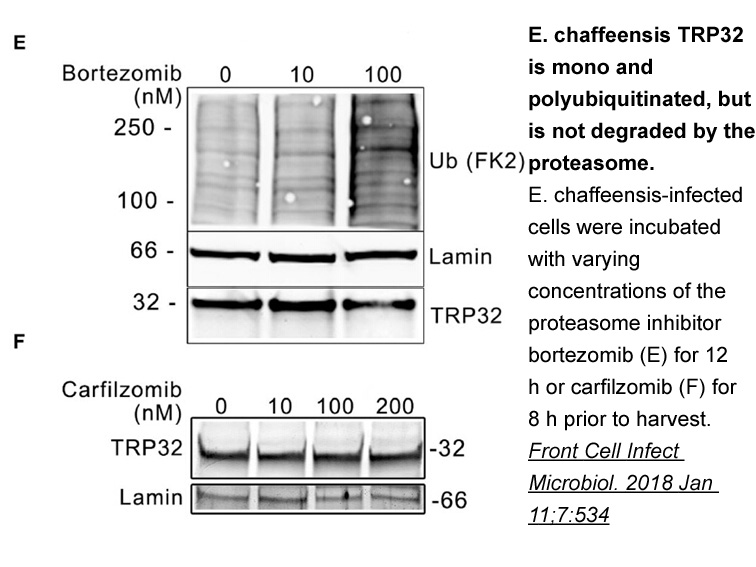
Results of the present study demonstrate that 25-OHC treatment of THP-1 monocytes induced vimentin intermediate filament reorganization to more cortical structures and a polarized phenotype (Fig. 5). Vimentin is the major intermediate filament protein present in leukocytes and plays an important rol
-
Y-27632 EBI and its ligand s EBI was found
2021-03-24
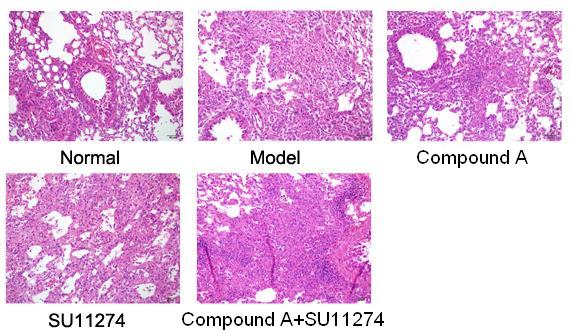
EBI2 and its ligand(s) EBI2 was found in a screen of upregulated genes in human B cells upon infection with EBV [1]. EBI2 is a G-protein (Gαi type) coupled receptor [2] but as long as 18 years after its discovery the nature of its ligand remained undisclosed. With the help of transfected cell lines
-
br Experimental All starting materials and reagents were
2021-03-24
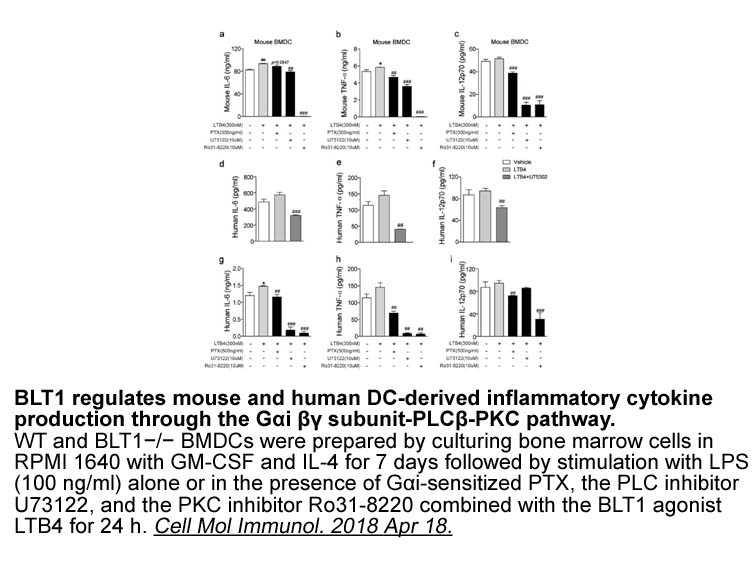
Experimental All starting materials and reagents were purchased from Sigma-Aldrich, Merck and Loba Chemie. Thin layer chromatography (TLC) was performed on silica gel G60 F254 (Merck) plates and eluted with the mobile phase n-hexane: ethyl acetate (70:30%v/v). Melting points were recorded on auto
15589 records 658/1040 page Previous Next First page 上5页 656657658659660 下5页 Last page